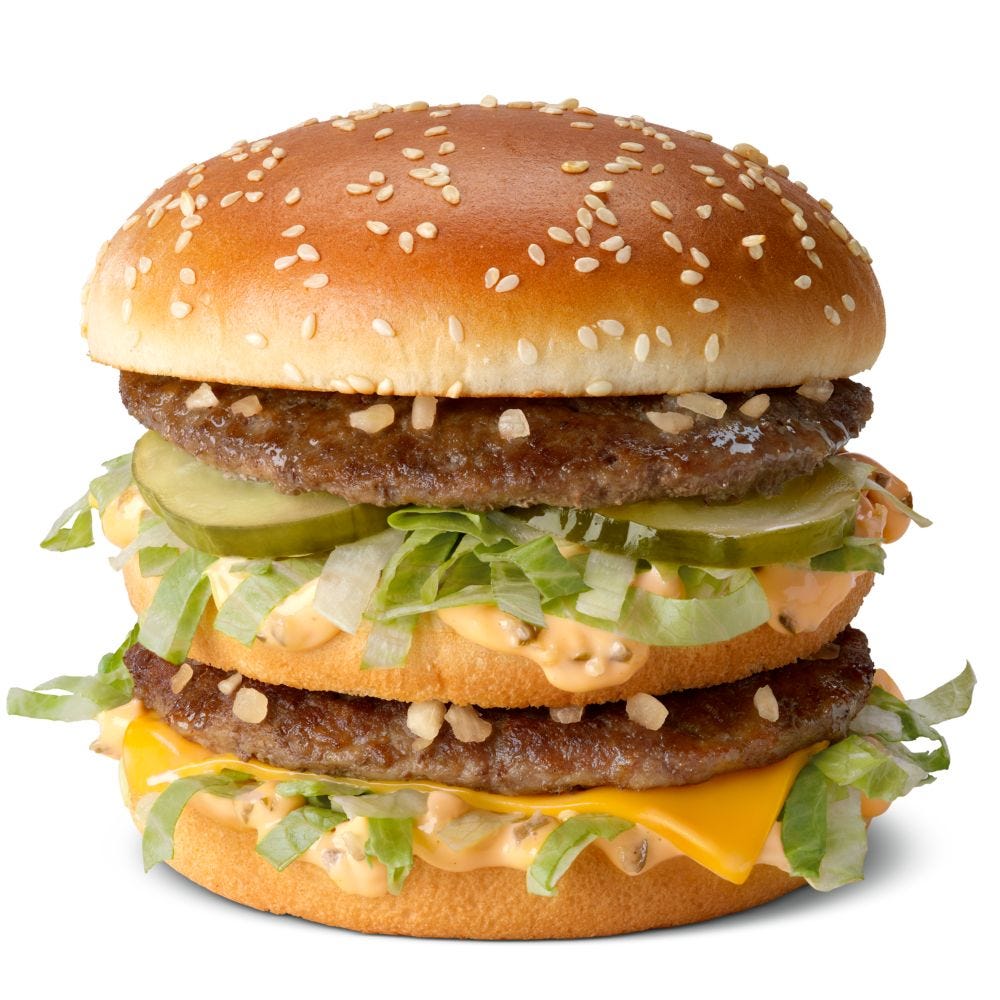What Are Donald Trump and His Cronies Getting Wrong About Trade Balances?
An introduction to Balance of Payments accounting and other international macroeconomic concepts

Introduction
Donald Trump never stops accusing Canada of being “subsidized” by the U.S. because we have a trade surplus with his country. He is therefore strongly showing his ignorance of international economics, and today I want to explain why that is true.
To do so, I will introduce several important concepts, where I will answer the following questions:
What are the components of Canada’s balance of payments accounts, and why must these accounts always balance?
How are exchange rates determined, and what is purchasing power parity (PPP)?
What are some implications and limitations of assuming perfect capital mobility (PCM) and interest rate parity (IRP) for a small open economy like Canada?
Next Monday, I will expand on these concepts to examine implications of fiscal and monetary policies in a small open economy with perfect capital mobility, under both fixed and flexible exchange rates. I will then the discuss pros and cons of government intervention, and ponder whether policymakers should try to stabilize the economy.
But before I begin, if you enjoy what I write and find it valuable, please consider a paid subscription. It will help me to devote more resources into what I write so it will get even better!
Also note my 2-for-1 sale on annual Substack subscriptions remains in effect until March 31, and you can learn more about it here.
Now onto the show.
International Macroeconomic Concepts
Balance of Payments
The success — or failure — of monetary and fiscal policies in an open economy depends, in part on how these policies affect the accounts contained in the balance of payments (BP): a summary statement of all transactions of the residents of a nation with the rest of the world during a particular period of time — usually a year.
There are three types of transactions included in the BP accounts:
Trade in goods and services in world product markets
Trade in capital assets in world financial markets
The international exchange of gifts
Furthermore, each type of transaction is included in one of two specific BP accounts:
Current account: includes trade of goods and services, as well as gifts
Capital and financial accounts: includes trade of capital and foreign exchange
Like accountants, the federal government keeps track of its balance of payments by essentially — but not literally — entering every transaction as both a debit and a credit. Furthermore, every transaction must have both a debit and a credit to balance, just as every dollar spent by one person must be a dollar in revenue for someone else.
In summary, for the domestic economy a transaction involves a:
BP credit when a payment is received from foreign businesses, governments or individuals by domestic businesses, governments, or individuals.
BP debit when a payment is made to foreign businesses, governments or individuals by domestic businesses, governments, or individuals.
Therefore, whenever you need to classify a transaction as either a debit or a credit, ask yourselves the following question:
Are we making payments to foreigners, or are they making the payments to us?
Hopefully, this approach will make your lives much easier, and I will follow the same approach throughout this post.
I will next examine each of the above transactions in more detail, starting with trade in goods and services. This interaction is the most important part of the current account, and can be divided into two types of transactions:
Exports are domestically-produced goods and services that are sold abroad. They are BP credits because foreigners are paying us for our goods and services.
Imports are foreign-produced goods and services that are sold domestically. They are BP debits because we are paying foreigners for their goods and services.
Net exports (trade balance) equal exports minus imports, and we can say that we have:
A trade surplus if net exports are positive
A trade deficit if net exports are negative
Balanced trade if net exports are zero
There are several factors which affect an economy’s trade balance:
Tastes of consumers for domestic vs. foreign goods
Relative prices at home vs. abroad
International currency exchange rates
Incomes of consumers at home and abroad
Transportation costs
Government international trade policies, such as protectionism
To demonstrate the last point, we can see in the following graph that our real exports and imports with the U.S. — meaning exports and imports adjusted for inflation — rose significantly after the Canada/U.S. free trade agreement came into effect in 1989.
This also leads us to the following questions:
Are trade deficits (surpluses) necessarily bad (good)? In this respect, why have economists considered China’s exchange rate policy to be essentially “anti-competitive”?




